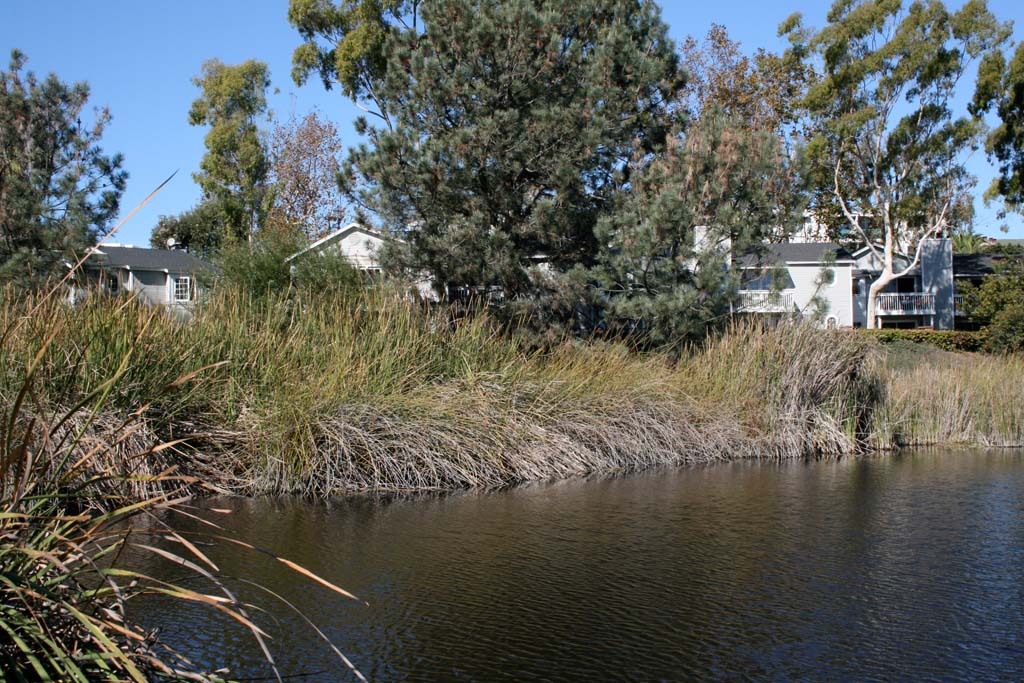OCEANSIDE — Homeowners along the Buena Vista Lagoon say the mosquito problem has never been so bad.
Mosquitoes have plagued residents for more than a decade, but this past year the number of mosquitoes has become unbearable.
Residents complain they cannot enjoy their backyards because of the record concentration of mosquitoes in the area.
Homeowners have contacted the county vector control program, Fish and Wildlife and SANDAG in an effort to find a solution.
Oceanside resident Peter Yeomans said county vector control has dropped mosquito-killing pellets every week throughout the summer, but this has not curtailed the problem.
“The mosquito problem has been very severe,” Yeomans said. “We still can’t go out in our backyards during the summer.”
Yeomans said in addition to vector efforts, invasive cattails and reeds, where mosquitoes nest, need to be removed from the lagoon. He said the Buena Vista Audubon Society supports removal of the invasive plants. A next step is to get Fish and Wildlife, who manages the land, to agree to the plan and remove the plants.
Yeomans describes the lagoon as a manmade lake. It is dammed at the west end, which does not allow saltwater to flush through it.
“The basic problem is it’s not a lagoon,” Yeomans said. “It is not open to the ocean and does not get tidal flushing.”
He said the weir that dams the lagoon has been in place since the 1930s and is privately owned. The purpose of the weir is to keep ocean water from flooding waterfront homes. It is unlikely the weir will be removed.
Homeowners faced with the mosquito problem have formed the neighborhood group Buena Vista Lagoon Next Door. The group met with SANDAG and is in the process of arranging a meeting with Fish and Wildlife to push for a solution.
The neighborhood meeting with SANDAG was held Nov. 6. More than 80 residents showed up.
“Their primary focus was on the mosquito problem,” Keith Greer, SANDAG EIR project manager, said.
Greer said SANDAG is moving forward with an EIR study to determine the best rehabilitation plan for the lagoon. Plan options are to restore the lagoon to freshwater, or saltwater, or an estuary habitat.
“There are three alternatives, freshwater restoration that will curtail cattails, a saltwater flush, or hybrid,” Greer said. “They all enhance vector control. We are in the stage of doing the analysis.”
EIR analysis will determine which restoration plan will have the greatest impact on reducing mosquitoes.
SANDAG’s analysis and selection of a restoration plan are expected to be complete by November 2014.
The implementation of the restoration plan may take decades. SANDAG will only move forward on lagoon restoration when it is done in conjunction with a road project.
Yeomans said work on the state Route 78 Interchange and Interstate 5 widening projects that border the lagoon are not expected to begin for 20 years.
He added he is hopeful that once a lagoon restoration plan is selected, funds will be found to make the project happen and residents will find relief from mosquitoes.
“To do the EIR is the biggest issue,” Yeomans said. “The EIR basically analyzes three suggested proposals. They all include action to reduce the mosquito problem.”


